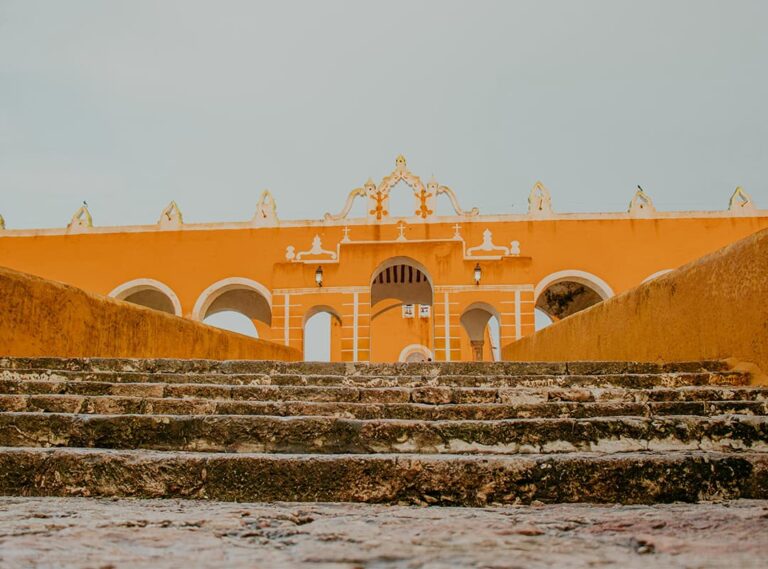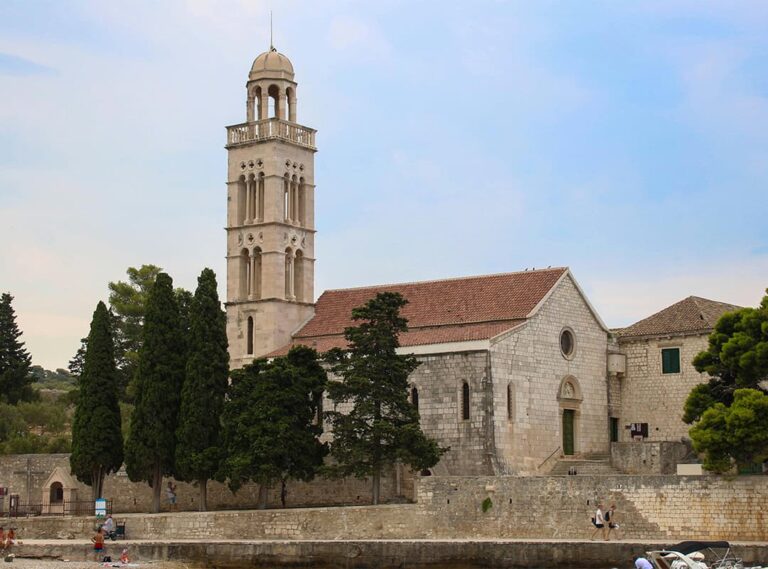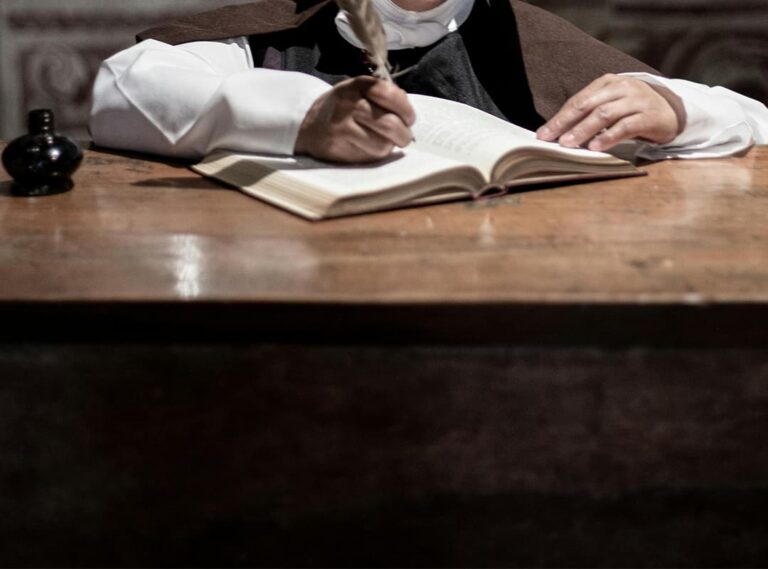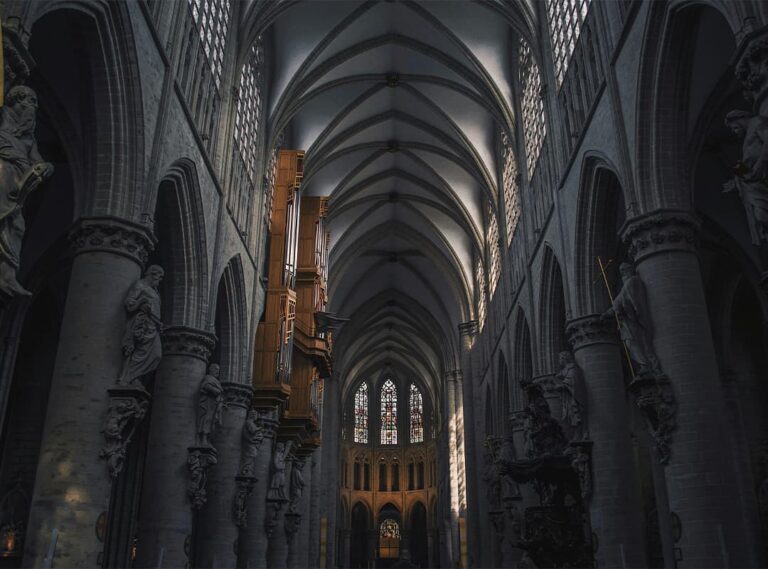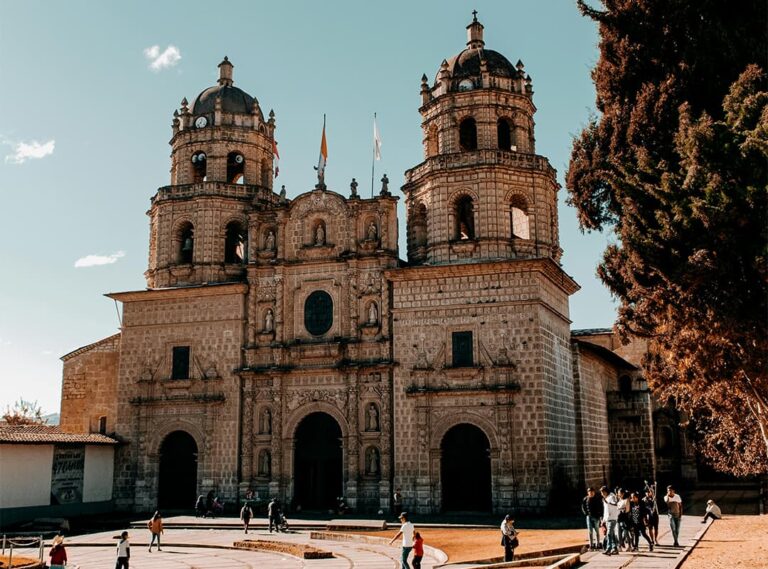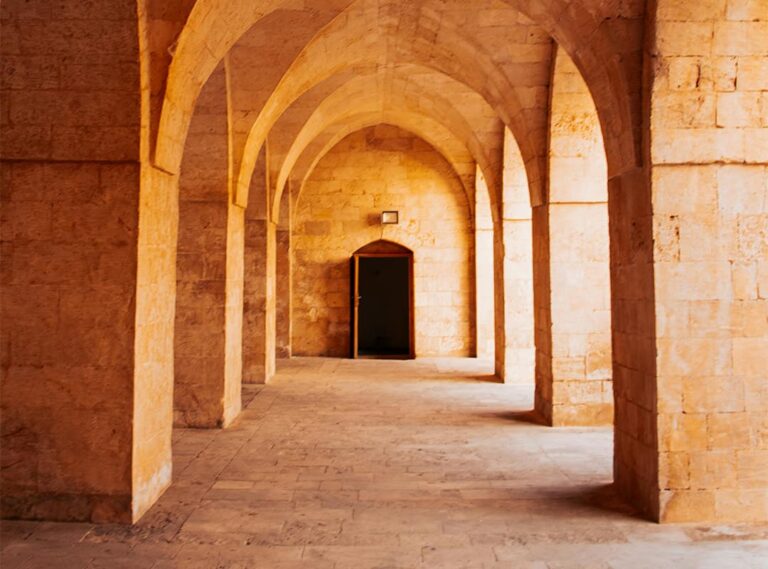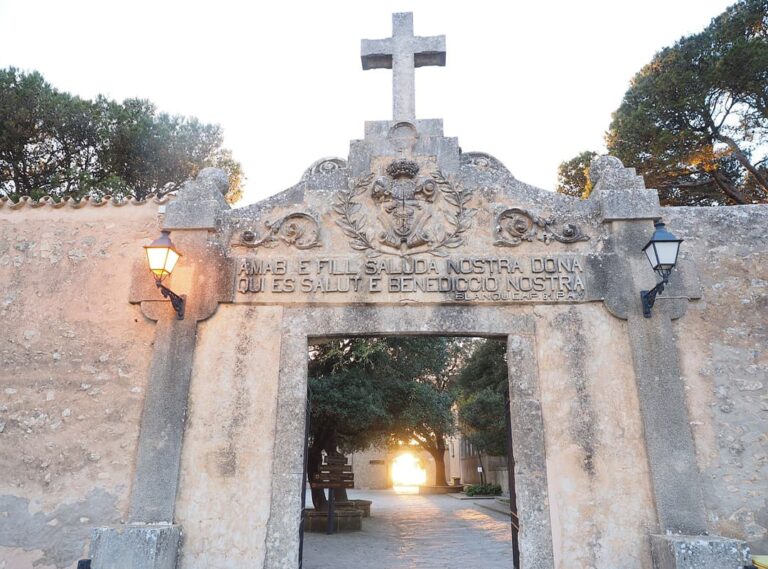The Franciscan Order has been a cornerstone of missionary work and cultural exchange since its founding by Saint Francis of Assisi in the early 13th century. Over the centuries, many Franciscan missionaries have left an indelible mark on the world, contributing to education, science, art, and intercultural dialogue. Their legacy is a testament to the order’s principles of poverty, humility, and service. This article highlights some of the most notable Franciscan missionaries and their lasting contributions to world culture.
Saint Junípero Serra: Apostle of California
One of the most famous Franciscan missionaries is Saint Junípero Serra, who played a pivotal role in the Spanish colonization of California. Born in 1713 in Mallorca, Spain, Serra joined the Franciscan Order and was sent to the New World in 1749. Over the next three decades, he established nine missions along the California coast, including those in San Diego, San Francisco, and Los Angeles. These missions were not only centers of religious activity but also hubs of education, agriculture, and trade. Serra’s efforts significantly influenced the cultural and social landscape of California, integrating indigenous populations into the Spanish colonial framework.
Father Bernardino de Sahagún: Chronicler of Aztec Culture
Another influential Franciscan missionary was Father Bernardino de Sahagún, often referred to as the “first anthropologist.” Born in Spain in 1499, Sahagún spent over 50 years in New Spain (modern-day Mexico) documenting the culture, language, and history of the Aztec people. His monumental work, “The Florentine Codex,” is a 12-volume encyclopedia that provides an unparalleled insight into pre-Columbian civilizations. Sahagún’s meticulous recordings have been invaluable for historians and anthropologists, preserving the rich heritage of the Aztecs for future generations.
Saint Maximilian Kolbe: Martyr of Charity
Saint Maximilian Kolbe, born in Poland in 1894, is a modern-day Franciscan martyr whose life exemplifies the order’s commitment to selfless service. Kolbe founded the Militia Immaculatae (Army of the Immaculate) and used modern media to spread Christian teachings. During World War II, he was arrested by the Nazis and sent to Auschwitz. There, he volunteered to die in place of another prisoner, demonstrating ultimate sacrifice and charity. Kolbe’s legacy continues to inspire acts of compassion and resistance against oppression worldwide.
Franciscans and Marian Devotion: The Black Madonna
Throughout their history, Franciscans have shown deep devotion to the Virgin Mary. A particularly revered image is the Black Madonna of Częstochowa, housed at the Jasna Góra Monastery in Poland. This icon is not only a religious symbol but also a cultural one, representing resilience and hope. The Black Madonna has been a source of inspiration and strength for many, including Saint Maximilian Kolbe, who had a strong devotion to this image.
Father Junípero Serra’s Influence on Indigenous Cultures
While Serra’s missions aimed to convert Native Americans to Christianity, they also introduced European agricultural practices, crafts, and education. This cultural exchange, albeit controversial and complex, left a lasting impact on the indigenous populations. Serra’s legacy is a subject of ongoing debate, reflecting broader discussions about colonialism and cultural assimilation.
Franciscan Art and Architecture
The Franciscans have significantly contributed to the world of art and architecture. Their monasteries, missions, and churches are renowned for their distinctive styles, which blend local artistic traditions with European influences. The Mission Basilica San Juan Capistrano in California and the Convento de San Francisco in Lima, Peru, are prime examples of how Franciscan architecture has shaped cultural landscapes.
The contributions of Franciscan missionaries to world culture are profound and multifaceted. From Saint Junípero Serra’s missions in California to Father Bernardino de Sahagún’s documentation of Aztec culture and Saint Maximilian Kolbe’s ultimate sacrifice, these individuals exemplify the Franciscan commitment to humility, service, and intercultural dialogue. The veneration of the Black Madonna, particularly the Black Madonna of Częstochowa, further illustrates the deep spiritual and cultural impact of the Franciscan Order. As we reflect on their legacy, we recognize the enduring influence of their work on the global cultural heritage.


